This post may contain affiliate links. Please see my disclosure policy for details.
Wabi-Sabi Living: Creating a Sanctuary of Imperfect Beauty
Contents
Let’s talk about transforming your home into a peaceful retreat that breathes authenticity and calm. Wabi-sabi isn’t just a design trend—it’s a radical approach to living that celebrates life’s beautiful imperfections.
What Exactly is Wabi-Sabi?
Imagine walking into a space that instantly makes you exhale. No clutter, no chaos—just pure, intentional simplicity. That’s wabi-sabi in a nutshell.
Key Principles:
- Embrace imperfection
- Celebrate natural materials
- Find beauty in simplicity
- Connect with your environment
Creating Your Wabi-Sabi Sanctuary: Practical Steps
1. Declutter with Intention
Before adding anything, remove everything unnecessary. Each item should:
- Spark joy
- Have a meaningful purpose
- Tell a story
Pro tip: Use minimalist storage baskets to organize with elegance.
2. Choose Natural Materials
Wabi-sabi loves materials that show their history:
- Unfinished wood
- Stone surfaces
- Handwoven linen textiles
- Ceramic pieces with subtle imperfections
3. Color Palette: Soft and Grounding
Think earth tones:
- Warm beiges
- Soft grays
- Muted greens
- Gentle browns
4. Lighting: Create Mood, Not Brightness
Forget harsh overhead lights. Instead:
- Use dimmable table lamps
- Incorporate candles
- Experiment with paper lanterns
- Let natural light flow freely
5. Textures: The Secret Weapon
Mix and layer:
- Rough-hewn wood
- Smooth stone
- Chunky knit throws
- Handmade ceramics
Styling Tips for the Wabi-Sabi Novice
Embrace Asymmetry
Perfect symmetry is boring. Create visual interest by:
- Placing objects slightly off-center
- Using uneven groupings
- Allowing breathing room between items
Celebrate Wear and Tear
That chip in your favorite mug? Beautiful. Those worn leather cushions? Gorgeous.
Bring Nature Indoors
Add:
- Potted plants
- Dried branches
- River stones
- Driftwood accents
The Philosophical Heart of Wabi-Sabi
This isn’t just decoration—it’s a lifestyle. Wabi-sabi teaches us to:
- Accept imperfection
- Find beauty in simplicity
- Practice mindful living
- Appreciate transient moments
Mental Health Bonus
Creating a wabi-sabi space isn’t just about looks. It’s about:
- Reducing stress
- Increasing mindfulness
- Connecting with your environment
- Practicing gentle self-acceptance
Getting Started: Your First Steps
- Choose one room
- Remove 50% of decorative items
- Select meaningful, natural pieces
- Allow space to breathe
- Observe how you feel
Final Thoughts
Wabi-sabi isn’t about being perfect. It’s about being perfectly imperfect.
Your home should tell your story—with all its beautiful, messy, wonderful complexity.
Recommended Wabi-Sabi Starter Kit: Transform your space today!

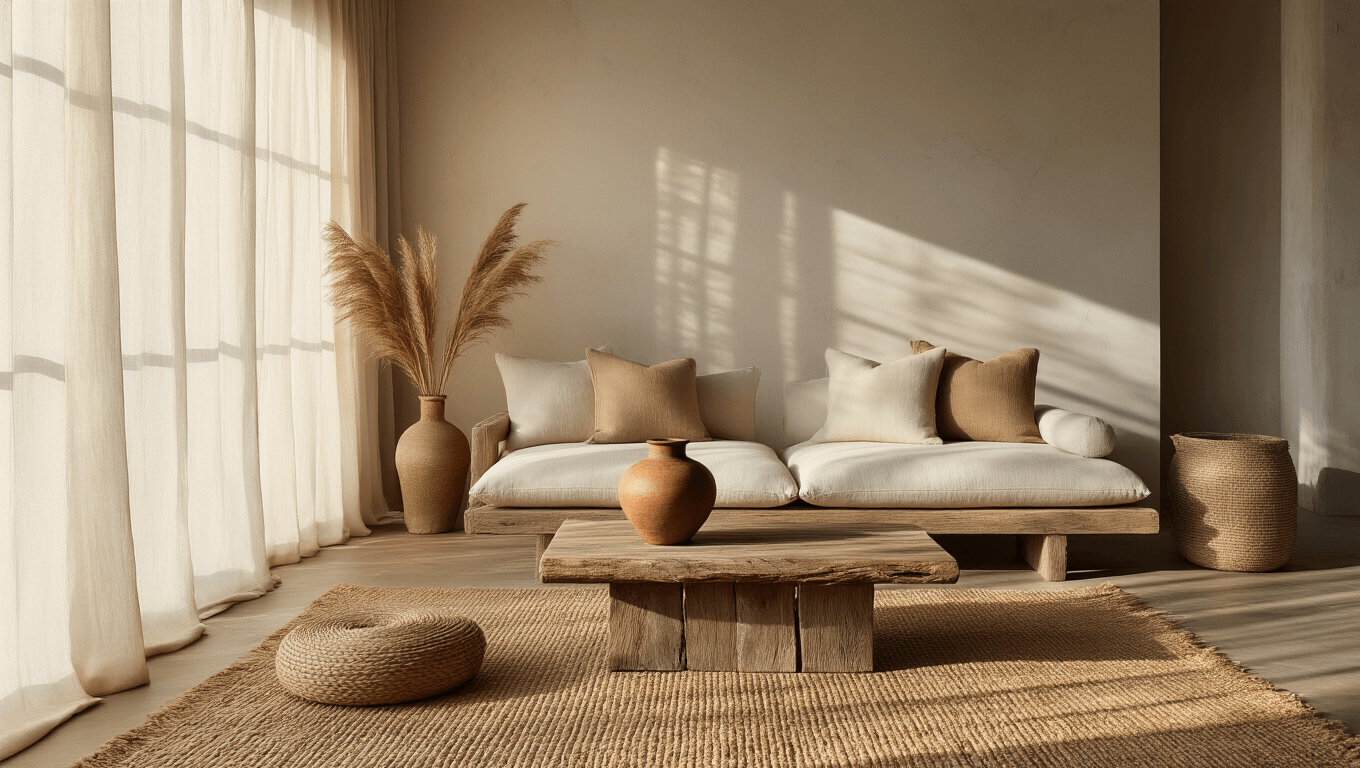
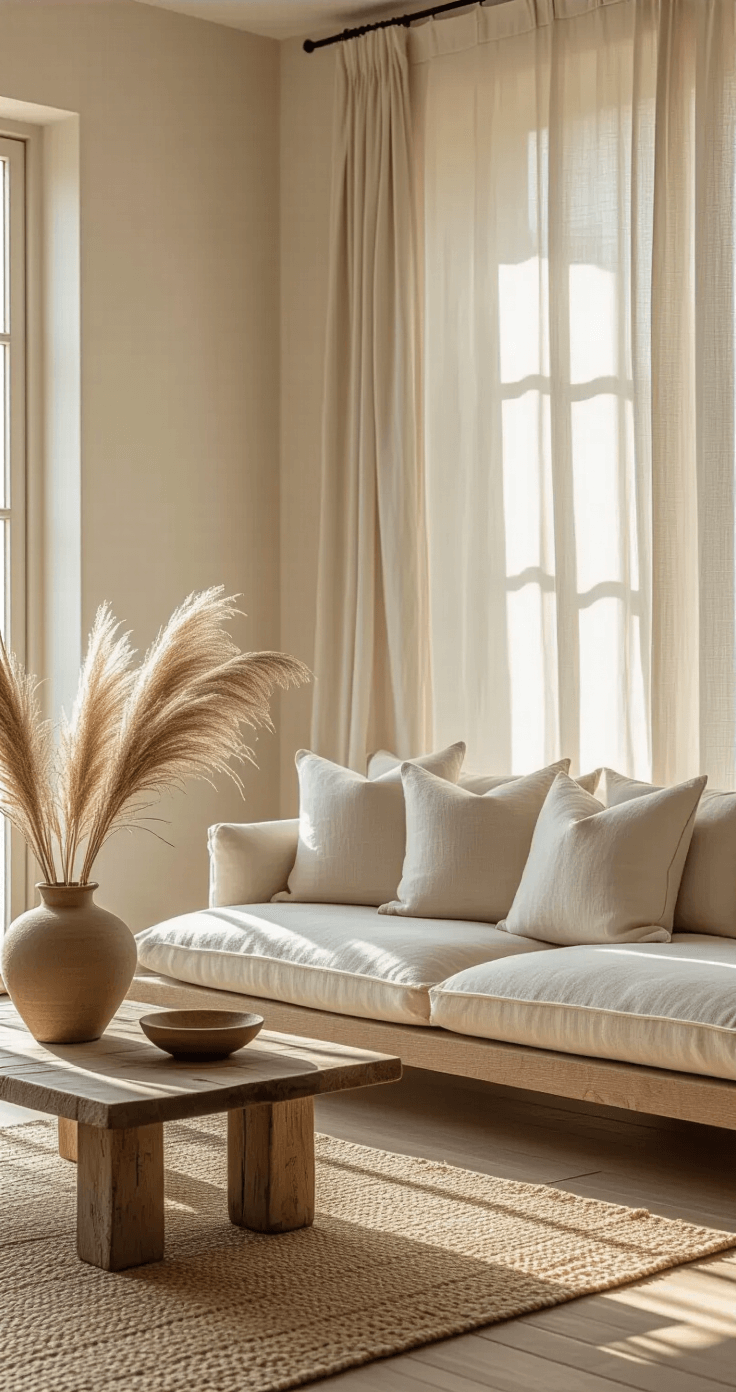
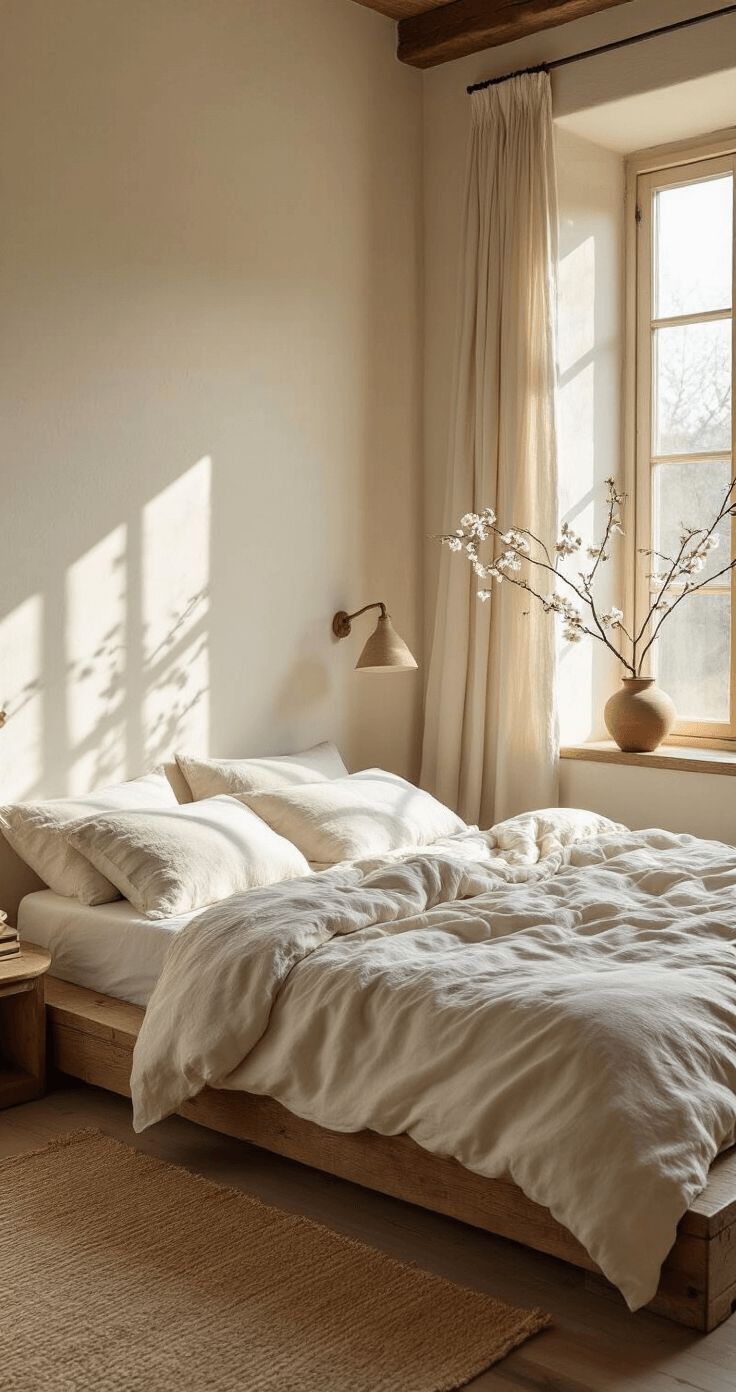
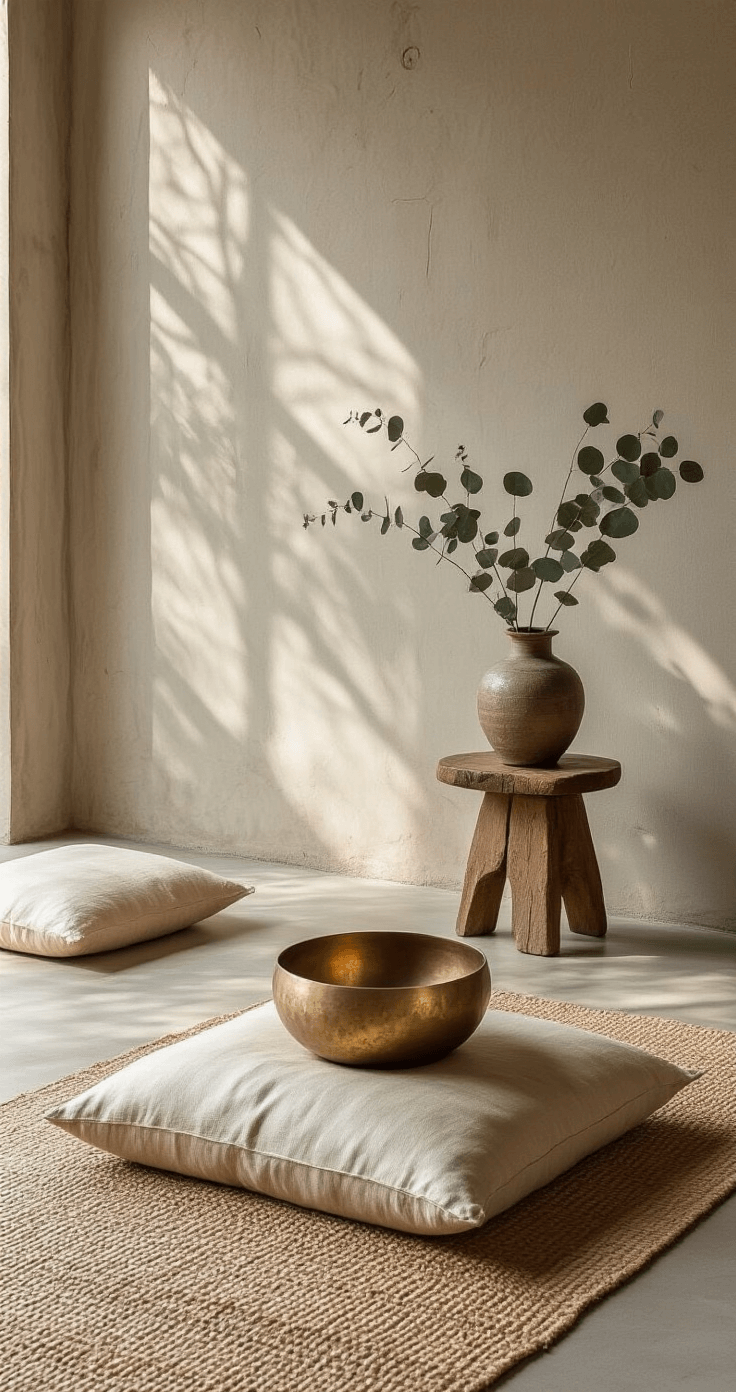
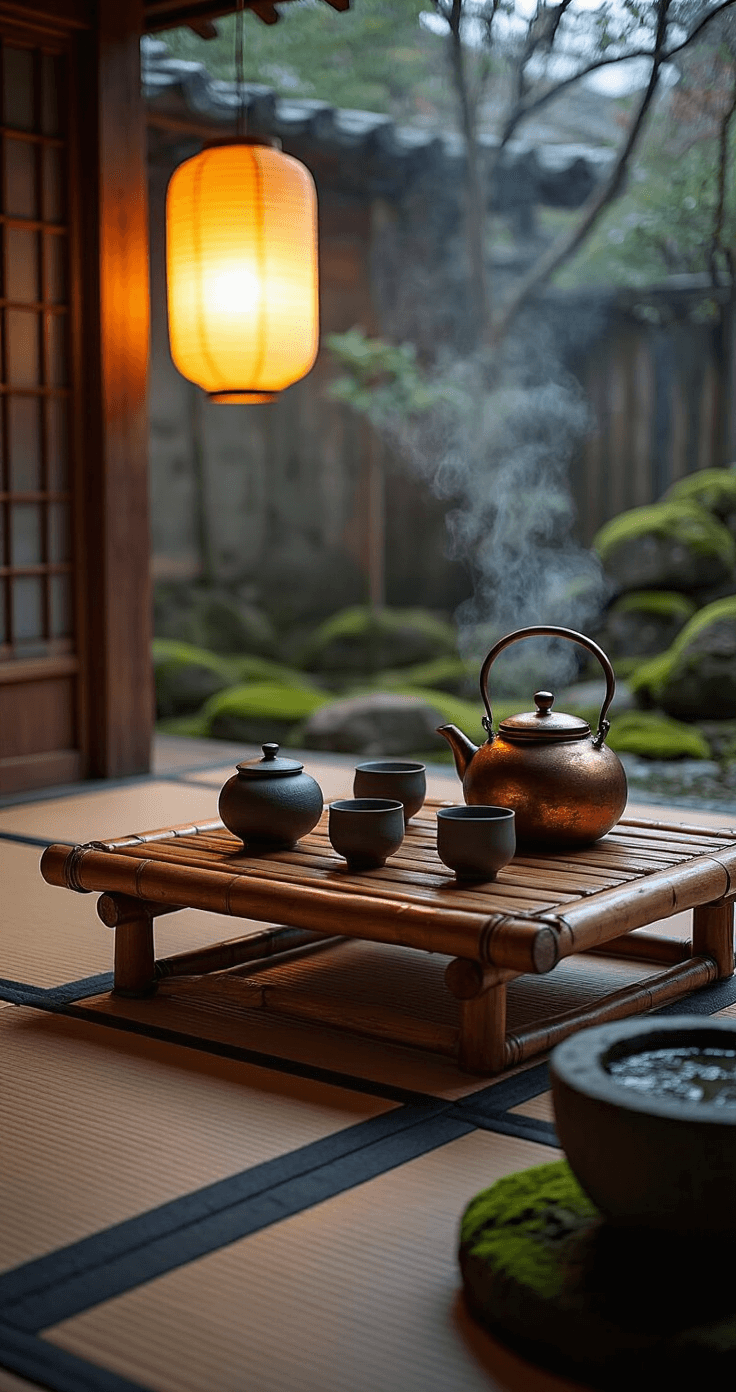
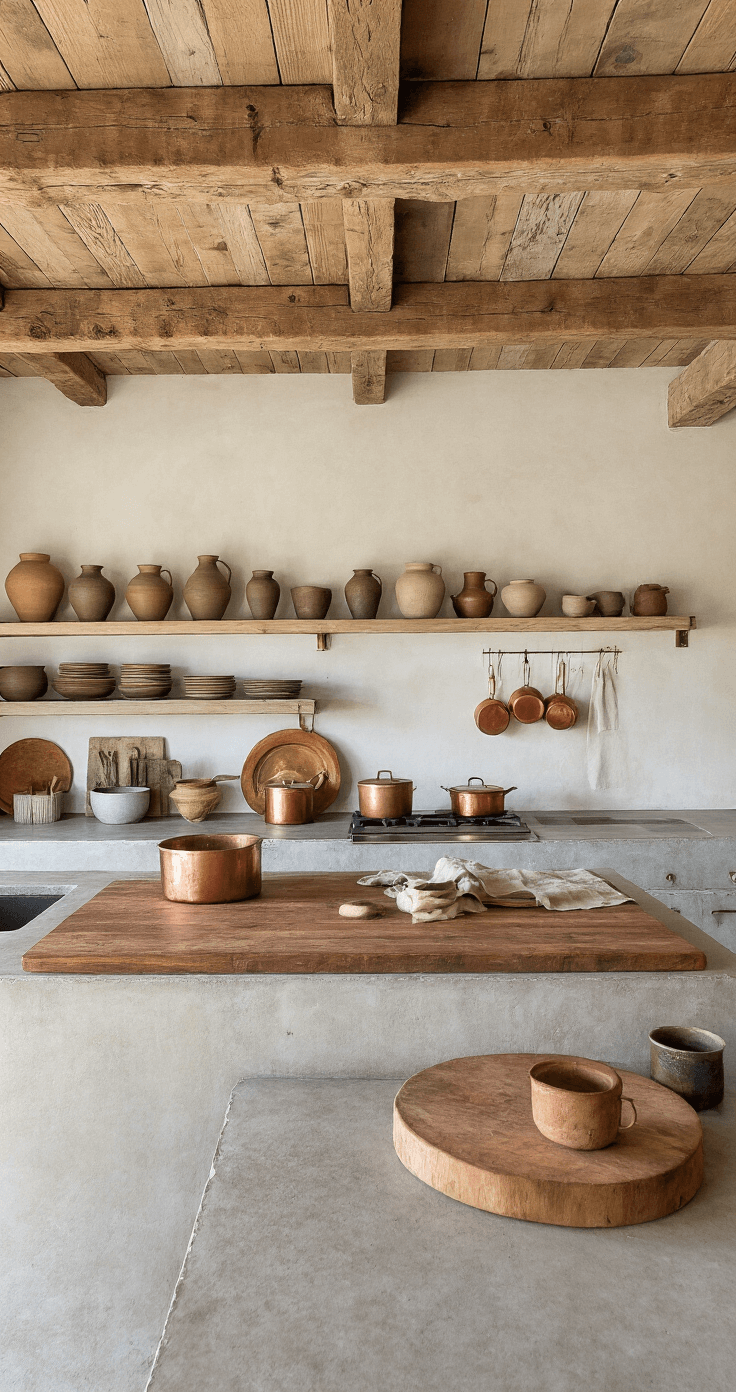
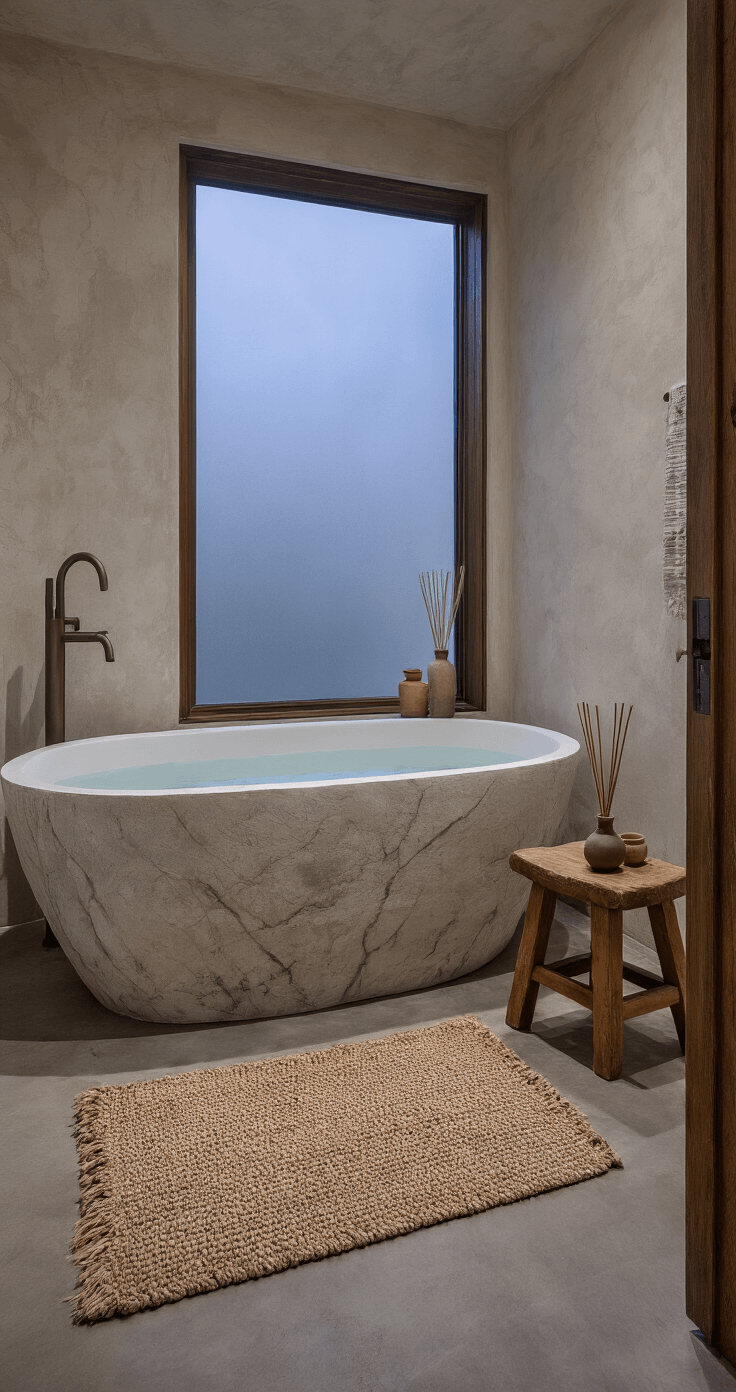
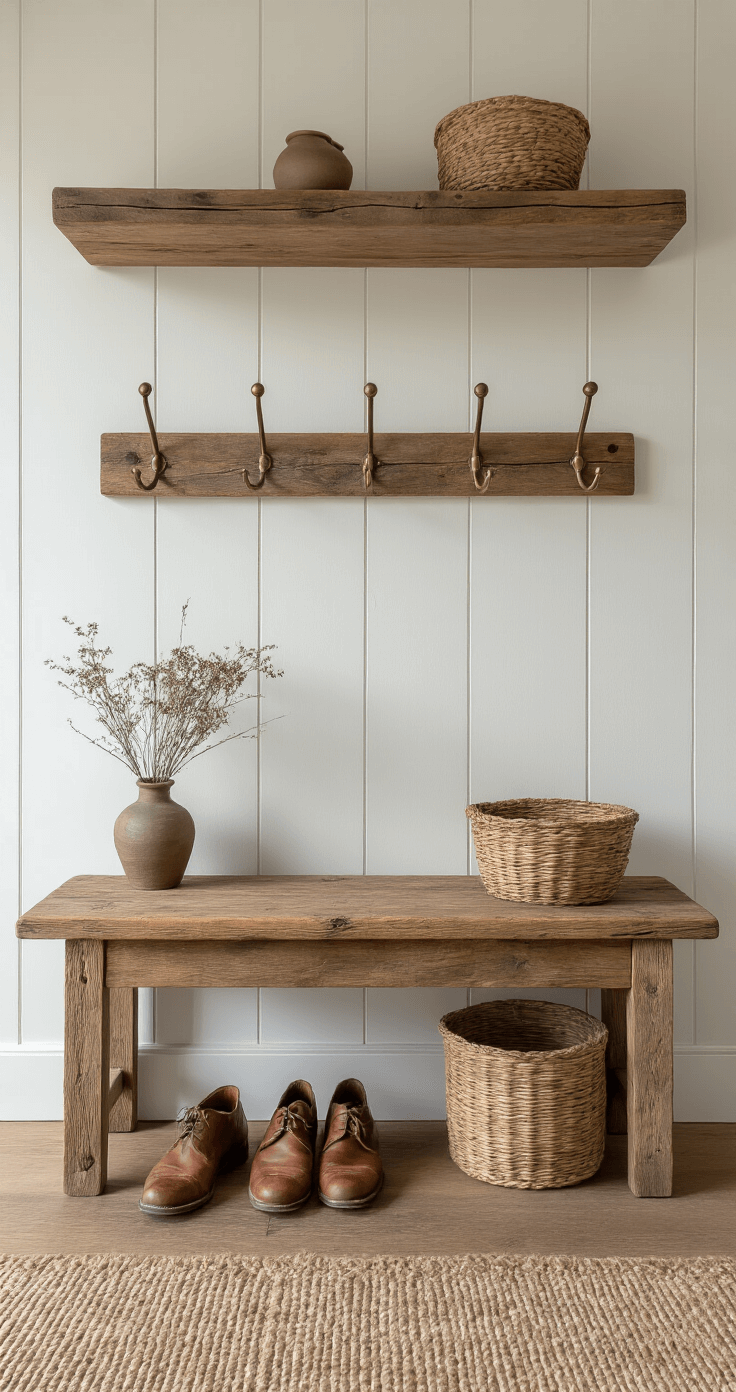




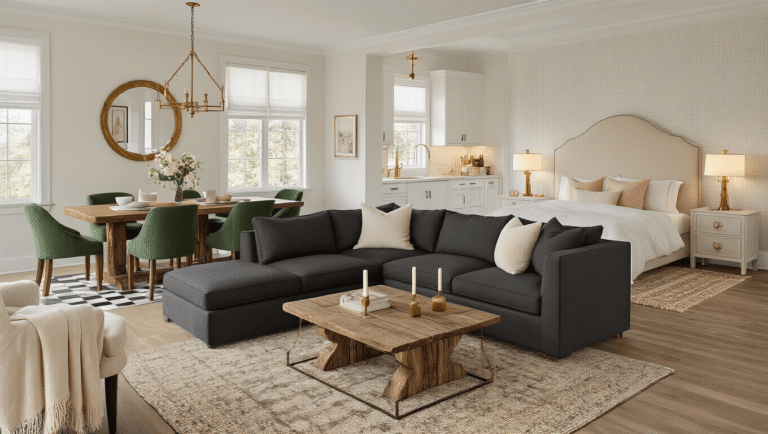

[…] a world of mass production, wabi-sabi celebrates the beauty of handcrafted items. Look […]